


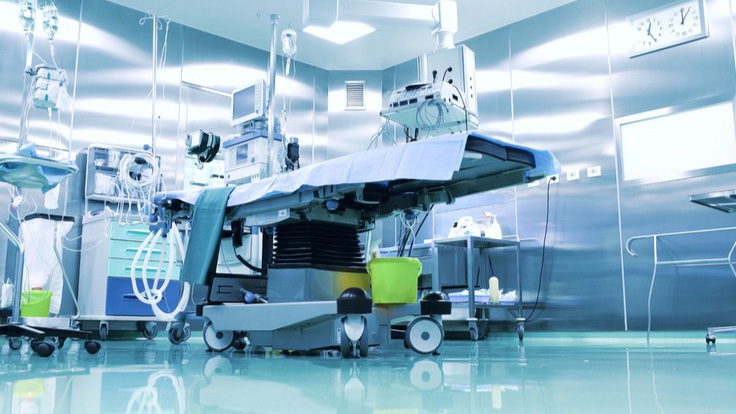


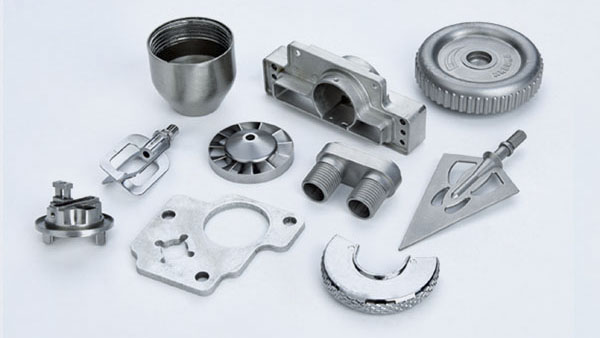
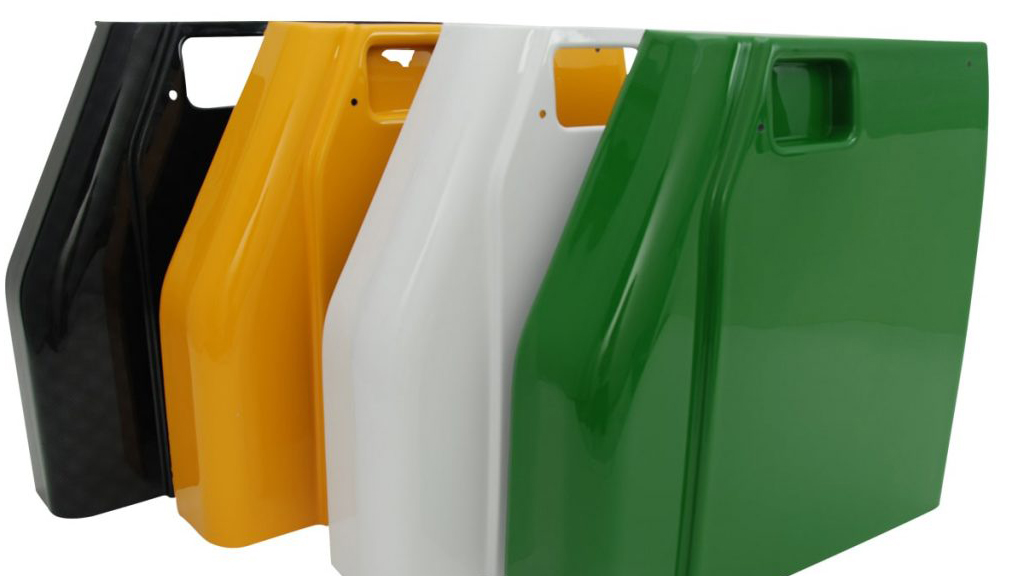
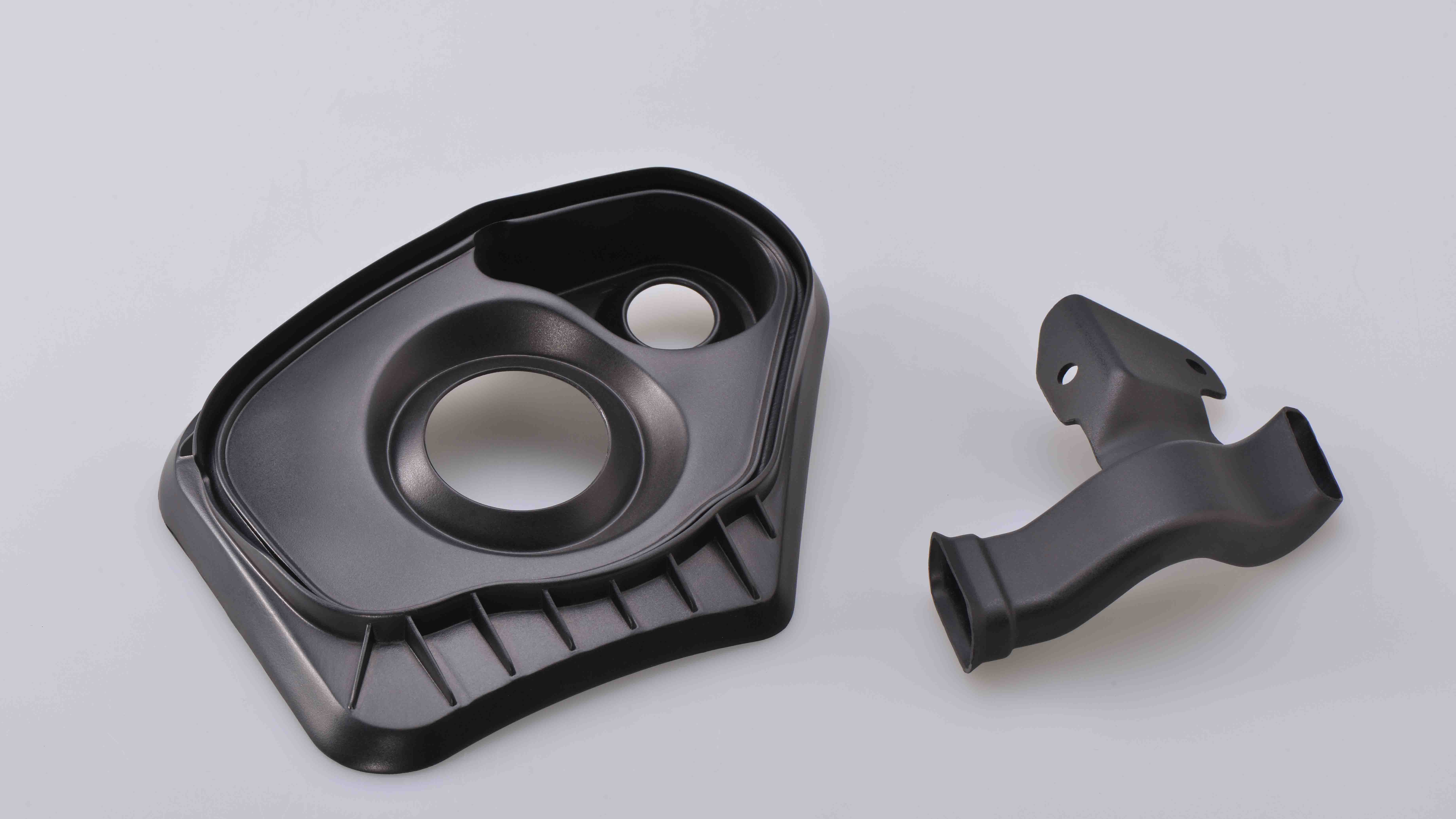
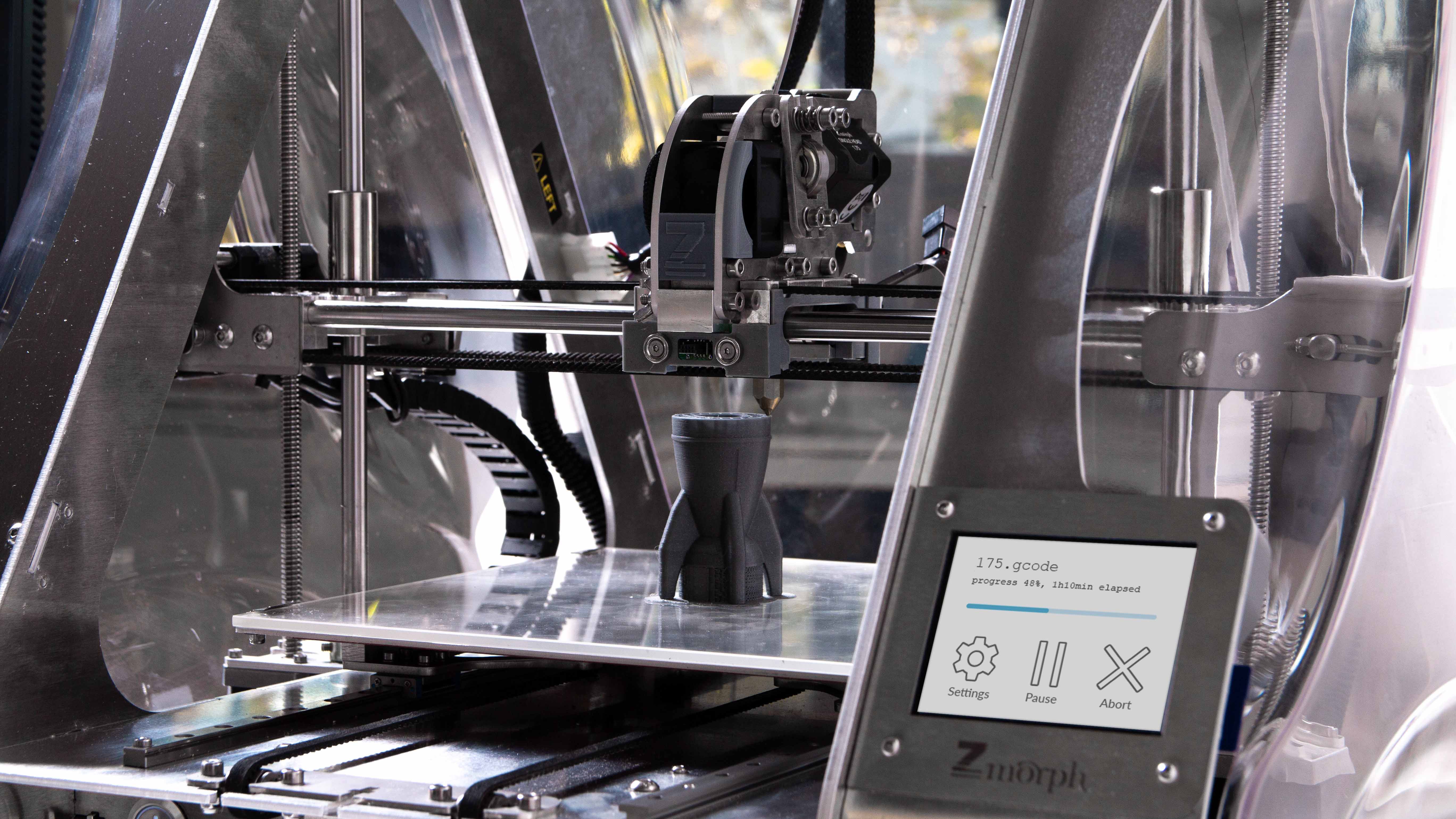

Injection Molding: Professional Terminology
Category 1: The Machine & Process
|
Term |
Definition & Context |
|
Injection Molding Machine (IMM) |
The entire system used to plasticize the
material and inject it into the mold. Also called a press. |
|
Clamping Unit |
The part of the machine that opens, closes,
and holds the mold shut under immense pressure during injection. |
|
Clamp Tonnage |
The amount of force (measured in US tons or
metric tonnes) the machine can exert to keep the mold closed against injection
pressure. It determines the size of the mold and part that can be run. |
|
Injection Unit |
The assembly that melts and injects the
plastic. It consists of the hopper, barrel, and screw. |
|
Reciprocating Screw |
The heart of the injection unit. It rotates
to melt and convey plastic forward, then moves forward axially like a plunger
to inject it into the mold. |
|
Hopper |
The container that holds the plastic resin
pellets before they are fed into the barrel. |
|
Barrel |
A heated cylinder that houses the screw.
Heaters on the outside help melt the plastic. |
|
Nozzle |
The component at the end of the barrel that
seals against the mold and allows the molten plastic to enter the mold's
sprue bushing. |
|
Tie Bars |
The large steel rods that guide the moving
platen and absorb the clamp force. The distance between them defines the
maximum mold size. |
|
Platens |
The large metal plates to which the mold
halves are bolted. The stationary platen is fixed, and the moving platen
opens and closes the mold. |
|
Cycle Time |
The total time required to complete one
full cycle: clamp close, inject, cool, open, eject. |
Category 2: The Mold (Tool or Tooling)
|
Term |
Definition & Context |
|
Mold (Tool) |
The precision-machined metal block
containing the cavities that give the plastic part its shape. Typically made
from hardened
steel, pre-hardened
steel, or aluminum. |
|
Core & Cavity |
The two main halves of the mold. The Cavity forms the
external shape of the part; the Core forms the
internal shape. |
|
Parting Line (PL) |
The line or plane where the two halves of
the mold meet. It is often visible as a faint line on the finished part. |
|
Mold Base |
A standardized frame that holds the
custom-machined core, cavity, and all other components (ejector pins, cooling
channels, etc.). |
|
Sprue |
The primary channel that delivers molten
plastic from the machine nozzle to the mold's runner system. |
|
Runner |
The system of channels that distributes the
molten plastic from the sprue to the individual part cavities. |
|
Gate |
The small, controlled entrance point from
the runner into the part cavity. Its design and location are critical to part
quality. |
|
Cold Slug Well |
A small pit at the end of the sprue to trap
the slightly cooled plastic from the nozzle tip ("cold slug")
before it can enter the part cavity. |
|
Ejector System |
The mechanism that pushes the cooled part
out of the mold. It consists of ejector pins, ejector
plates, and return
pins. |
|
Ejector Pin Marks |
Small, usually circular impressions on the
part caused by the ejector pins. They are an inherent feature of the process. |
|
Cooling Channels |
Passages drilled throughout the mold
through which a coolant (water or oil) is circulated to control the mold temperature. |
|
Vents |
Very shallow channels (often only 0.01-0.03
mm deep) cut into the mold to allow trapped air to escape as the mold fills. |
|
Draft Angle |
A slight taper applied to the vertical
walls of the part to allow for easy ejection from the mold. |
Category 3: Materials
|
Term |
Definition & Context |
|
Thermoplastic |
A polymer that becomes soft and moldable
when heated and solidifies when cooled. This process is reversible, allowing
for recycling. This is the primary material for injection molding. |
|
Thermoset |
A polymer that undergoes a chemical change
when heated, becoming permanently hard. It cannot be re-melted. (e.g., epoxy,
rubber). |
|
Resin / Polymer |
The raw plastic material, usually supplied
in small pellets. |
|
Additives |
Substances mixed with the base polymer to
impart specific properties (e.g., colorants, plasticizers, flame
retardants, UV stabilizers). |
|
Regrind |
Scrap plastic from runners and rejected
parts that is ground up and mixed with virgin material for reuse. |
|
Family Mold |
A single mold containing cavities for
several different parts that make up a product family. |
Category 4: Process Parameters & Defects
|
Term |
Definition & Context |
|
Melt Temperature |
The temperature of the molten plastic as it
is injected into the mold. |
|
Mold Temperature |
The temperature of the mold surface,
critically controlled by the cooling system. |
|
Injection Pressure |
The pressure applied by the screw to force
the molten plastic into the mold cavity. |
|
Holding Pressure (Packing Pressure) |
Pressure applied after the initial
injection phase to pack more material into the cavity to compensate for
shrinkage as the plastic cools. |
|
Back Pressure |
The resistance pressure applied to the
screw as it rotates and moves backward, ensuring a more homogeneous melt. |
|
Screw Speed (RPM) |
The rotational speed of the screw during
the plasticating (melting) phase. |
|
Short Shot |
A defect where the mold cavity is not
completely filled, resulting in an incomplete part. Caused by insufficient
material, low pressure, or poor flow. |
|
Sink Marks |
A depression or dimple on the surface of a
part, caused by uneven cooling, often in thick sections. |
|
Flash |
A thin layer of plastic that escapes from
the cavity at the parting line, through ejector pins, or vents. Caused by excessive
injection pressure or mold wear. |
|
Warpage |
Dimensional distortion of the part after
ejection, caused by uneven internal stresses or non-uniform cooling. |
|
Knit Lines (Weld Lines) |
A visible line on the part where two flow
fronts meet but do not perfectly merge. This can be a weak point. |
Category 5: Specialized Processes
|
Term |
Definition & Context |
|
Insert Molding |
A process where a metal or other component
(the "insert") is placed into the mold, and plastic is injected
around it. |
|
Overmolding |
A two-step process where one plastic part
is molded first, then placed into a second mold where a different material
(often a soft TPE) is molded over it. |
|
Two-Shot Molding |
A specialized process performed on a single
machine with two injection units. The first material is injected, then the
mold rotates or shifts, and the second material is injected onto the first. |
|
Gas-Assisted Injection Molding |
A process where inert gas (Nitrogen) is
injected into the core of the plastic part. This creates hollow sections,
reducing weight and sink marks in thick parts. |
|
Micro Molding |
The injection molding of extremely small,
high-precision parts often weighing less than a gram. |
This vocabulary provides a comprehensive
foundation for communicating effectively about design, manufacturing, and
quality control in the field of injection molding.